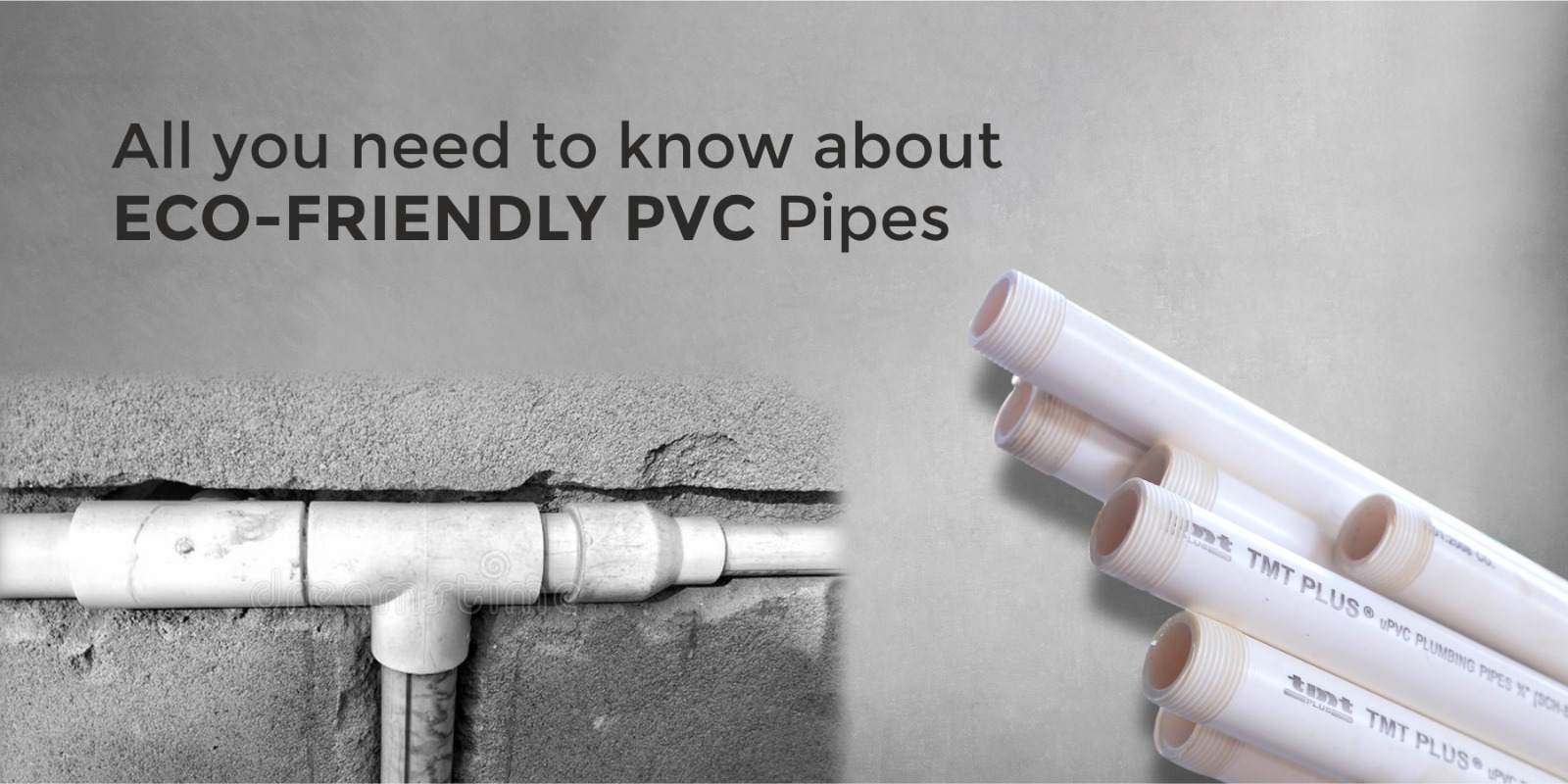Guide to Find Green Plumbing Materials
Guide to Find Green Plumbing Materials
Blog Article
What're your insights and beliefs on What are some eco-friendly plumbing solutions??

Picking environment-friendly plumbing products not only helps reduce your ecological footprint however additionally can boost the sustainability and performance of your home. Here's a guide to help you navigate the alternatives for even more ecologically conscious plumbing options.
Think about the Material's Lifespan
Choose plumbing products that use toughness and longevity. Longer-lasting materials imply fewer replacements, minimized waste, and reduced lasting environmental influence. For instance, copper and stainless-steel are both very long lasting and 100% recyclable, which helps reduce waste.
Check for Recycled Material
Choose materials that contain recycled web content. Many steel pipes products, like those made from copper and stainless-steel, frequently consist of a substantial percent of recycled materials. PVC and PEX can likewise have recycled plastics, though their general ecological impact might be higher due to their manufacturing and disposal processes.
Analyze the Manufacturing Process
Try to find products produced via environmentally friendly processes. This consists of products like cast iron or copper, which can be created with a relatively low environmental influence compared to plastics that need chemical-intensive manufacturing procedures.
Focus On Water Effectiveness
Picking water-efficient fixtures, such as low-flow commodes, faucets, and showerheads, is critical. These components reduce water use, which not only reduces your water bill yet also decreases the power consumed in water heating and reduces the strain on sewage treatment centers.
Pick Non-Toxic Materials
Avoid materials that leach chemicals into the water system. Copper and PEX are normally safe, yet it's important to make sure that any type of plastic parts do not have harmful chemicals like BPA or phthalates, especially for drinking water lines.
Consider the Power Required for Water Home Heating
Select pipes designs and materials that decrease the energy needed for heating water. Protecting your hot water pipes and choosing efficient system layouts can significantly decrease the energy used, thus reducing your home's overall carbon impact.
Go With In Your Area Sourced Products
Making use of in your area sourced materials can decrease the carbon emissions related to transport. Furthermore, supporting regional companies helps promote a lasting regional economic climate.
Assess End-of-Life Disposal
Consider the recyclability and biodegradability of plumbing products. Steels like copper and steel are typically recyclable, while some plastics and rubbers might not be, adding to land fill waste. Comprehending the lifecycle of the materials you choose can aid in making a much more sustainable choice.
Try to find Accreditations
Seek out products with ecological accreditations. Certifications like EPA's WaterSense, GREENGUARD, or Cradle to Cradle (C2C) show that products meet rigorous environmental standards throughout their lifecycle.
Verdict
Selecting environmentally friendly plumbing products involves taking into consideration the sturdiness, recycled material, making process, water and power effectiveness, toxicity, sourcing, disposal, and accreditations of the products. By making educated options, homeowners can substantially reduce their ecological impact while making sure the efficiency and longevity of their pipes systems.
The Impact of Plumbing Materials on the Environment
When buying a home you may be interested in having a sustainable home, and one of the most important aspects that you should not overlook the plumbing systems. With water contamination getting more and more common lately, it’s important to understand how plumbing systems work and their impact on the environment. Drinking water is carried through these pipes everyday and when choosing plumbing materials we must consider ecological toxicity, air pollution, fossil fuel depletion, and global warming.
Low Cost
When buying a home you may be looking for the cheapest way to be sustainable. Although some environmentally-friendly products may be somewhat more expensive than their competitors, money will be saved in the form of reduced water usage and decreased energy consumption in the long run.
A Life Cycle Inventory of residential plumbing systems done in 2011 showed that CPVC systems demonstrate 5% less energy waste than PEX systems and 17% less than copper. This study also indicated that CPVC systems wanted 30% less water than copper and 15% less than a PEX system. These numbers are likely due to the differences in thermal conductivity between these materials.
Copper has a thermal conductivity that is hundreds of times higher than plastics. PEX materials are the least thermal conductive of the three tested and this is why it is better in conserving water and energy.
Sustainability
While environmental performance is important, people can still be concerned about the sustainability of their home. The use of proper plumbing materials when building a home can greatly affect the future sustainability of the home, which can also affect future costs and bills.
A relatively new factor in plumbing, eco-friendly pipe materials can reduce both energy costs, and the overall environmental footprint of your home. These materials are not as widely available due to their recent introduction to the industry, but an understanding of the benefits of each can help save both money and the environment later down the line.
Environment-Friendly Materials
The two most common types of piping material in use today are metals like iron and copper, and PVC piping. Of the two, metal piping is more environmentally friendly and sustainable, but not without drawbacks.
PVC piping however, is notorious for low sustainability, contaminating water with chemicals, and increased waste or “greywater”. While PVC is recyclable, the process is expensive and not in high demand due to the cheap price of fresh PVC.
Metal piping however, has a longer lifespan with less chance of deterioration and no harmful chemical waste that could contaminate your water and potentially harm you or your family. Metal piping is susceptible to corrosion however, usually after a long fifty year lifespan.
The best alternative to these two pipings is relatively new eco-friendly plastics like the ones mentioned earlier. Polyethylene and polypropylene are the two main ingredients in these pipes which are recognized by Greenpeace, an environmental organization, to be the only “future-friendly” piping material on the market.
The more natural and longer lasting materials prevent long term contamination with eco-friendly materials that last long enough to rival the longevity of metal piping. Even local Atlanta plumbers and plumbing installers should have access to the materials you need to make your house eco-safe.
https://www.ecomena.org/impact-of-plumbing-materials-on-environment/

We are very intrigued by Plumbing Tips Sustainably Saving the Environment and I am praying you liked the new post. Sharing is caring. Helping others is fun. I love your readership.
Check Us Out Report this page